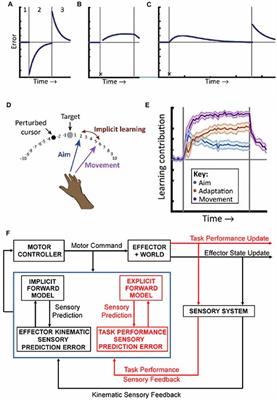EDITORIAL
Published on 10 Dec 2019
Editorial: Predictive Mechanisms of the Cerebello-Cerebral Networks
doi 10.3389/fncel.2019.00549
- 1,397 views
- 1 citation
10k
Total downloads
47k
Total views and downloads
Select the journal/section where you want your idea to be submitted:
EDITORIAL
Published on 10 Dec 2019
REVIEW
Published on 09 Oct 2019

ORIGINAL RESEARCH
Published on 26 Jun 2019

ORIGINAL RESEARCH
Published on 05 Apr 2019

ORIGINAL RESEARCH
Published on 21 Feb 2019

REVIEW
Published on 15 Jan 2019

ORIGINAL RESEARCH
Published on 08 Jan 2019

HYPOTHESIS AND THEORY
Published on 13 Nov 2018


Frontiers in Behavioral Neuroscience
Frontiers in Human Neuroscience
Frontiers in Integrative Neuroscience
Frontiers in Neural Circuits